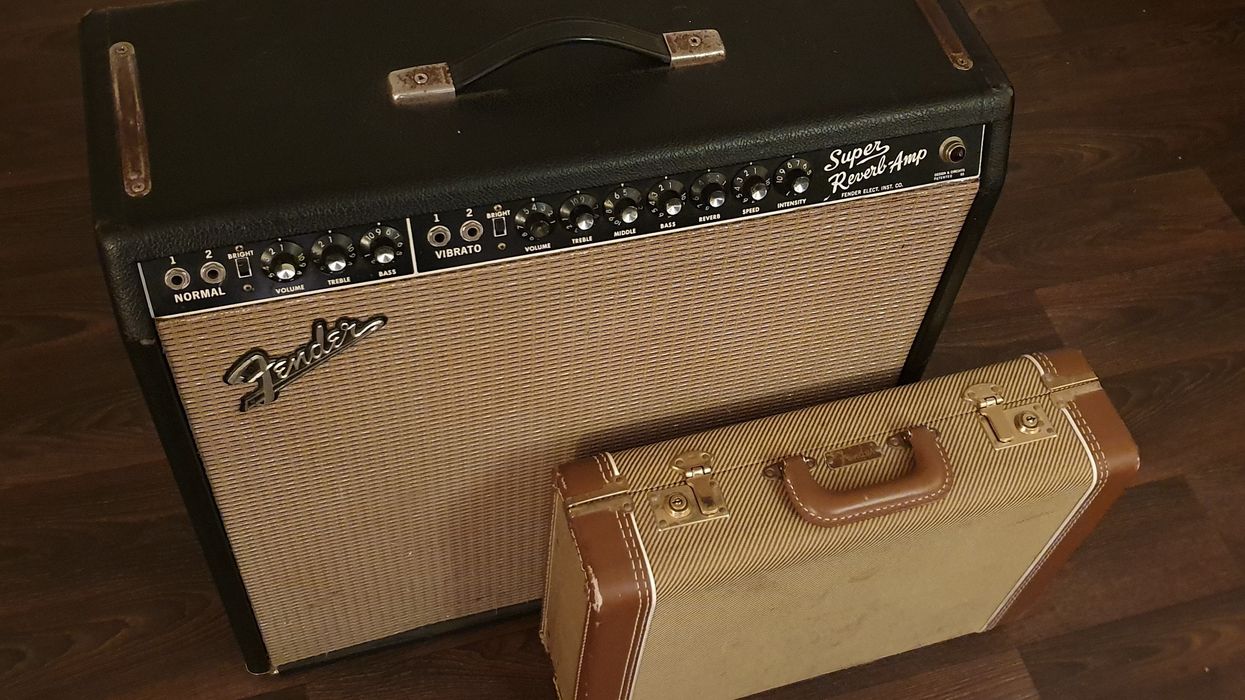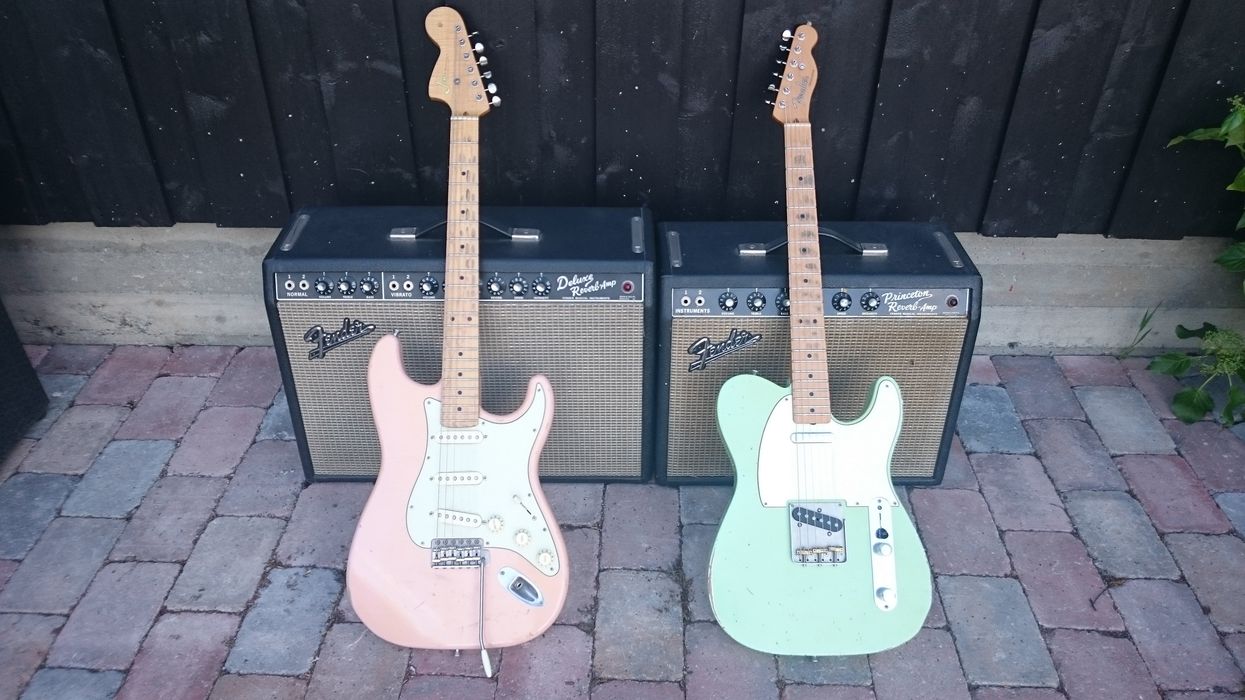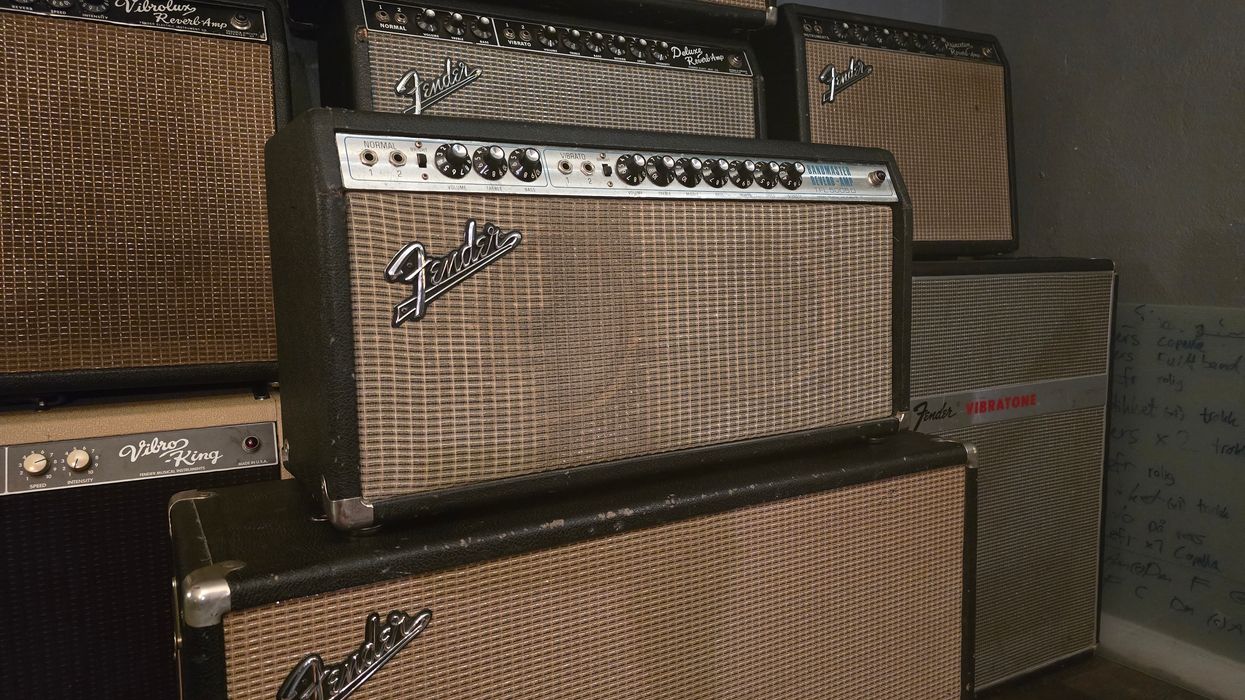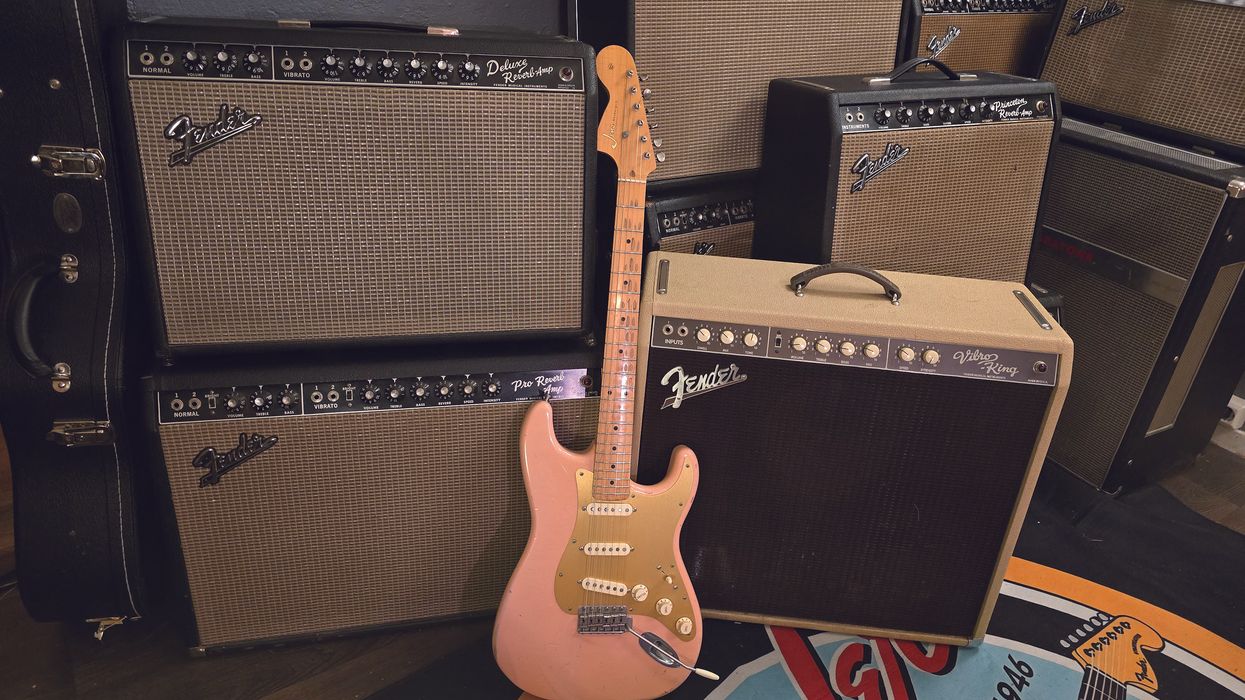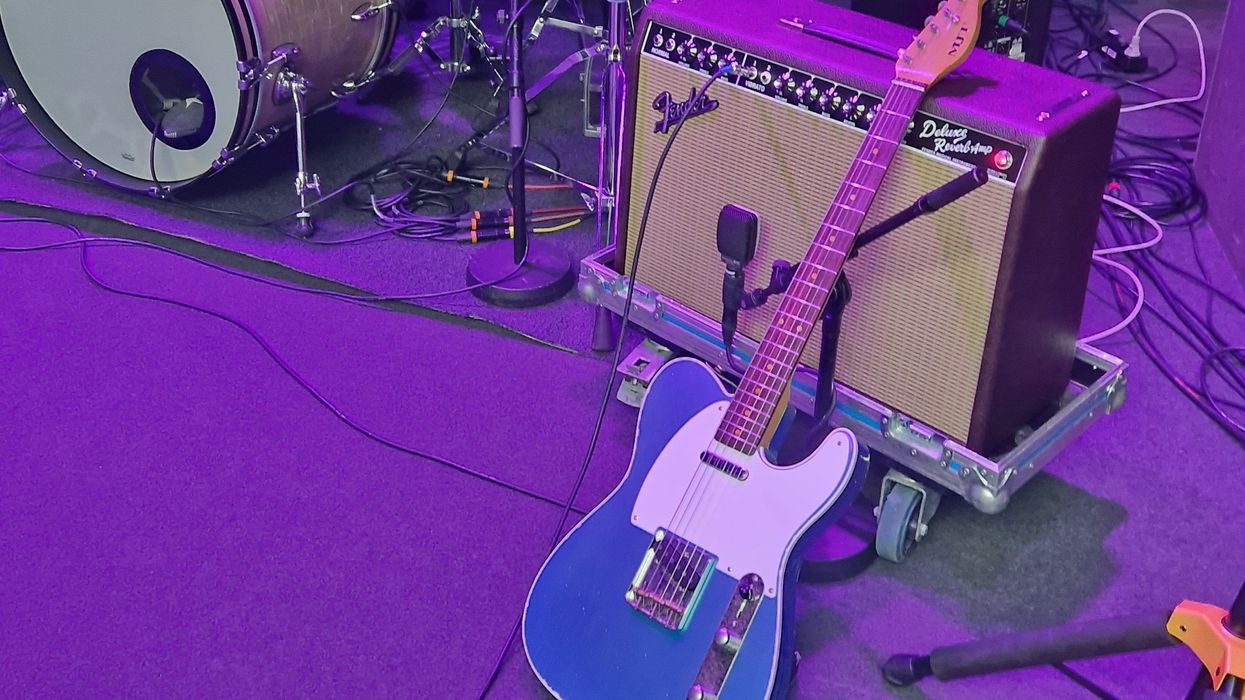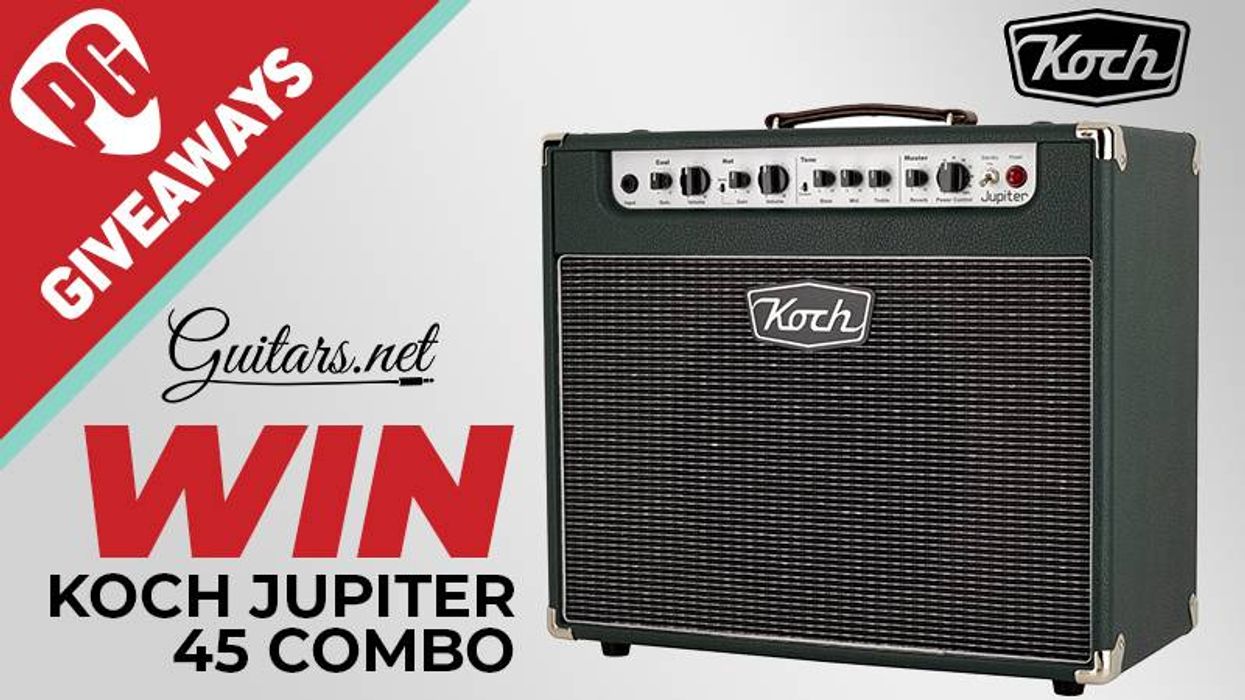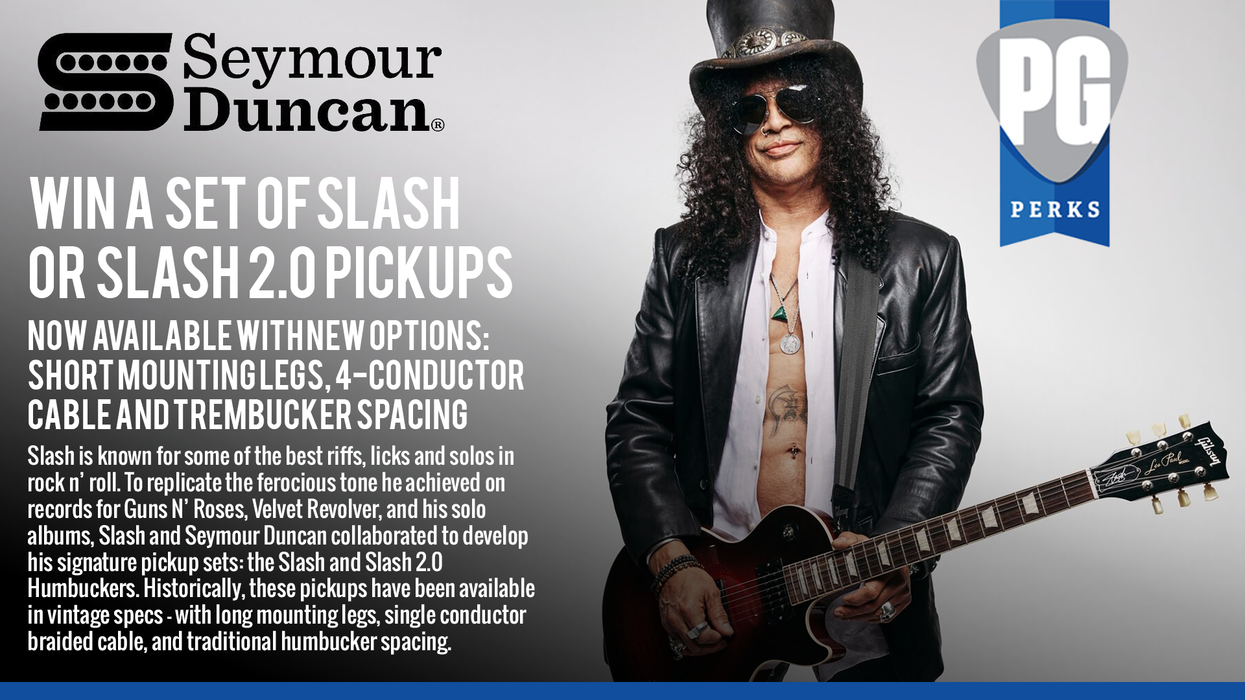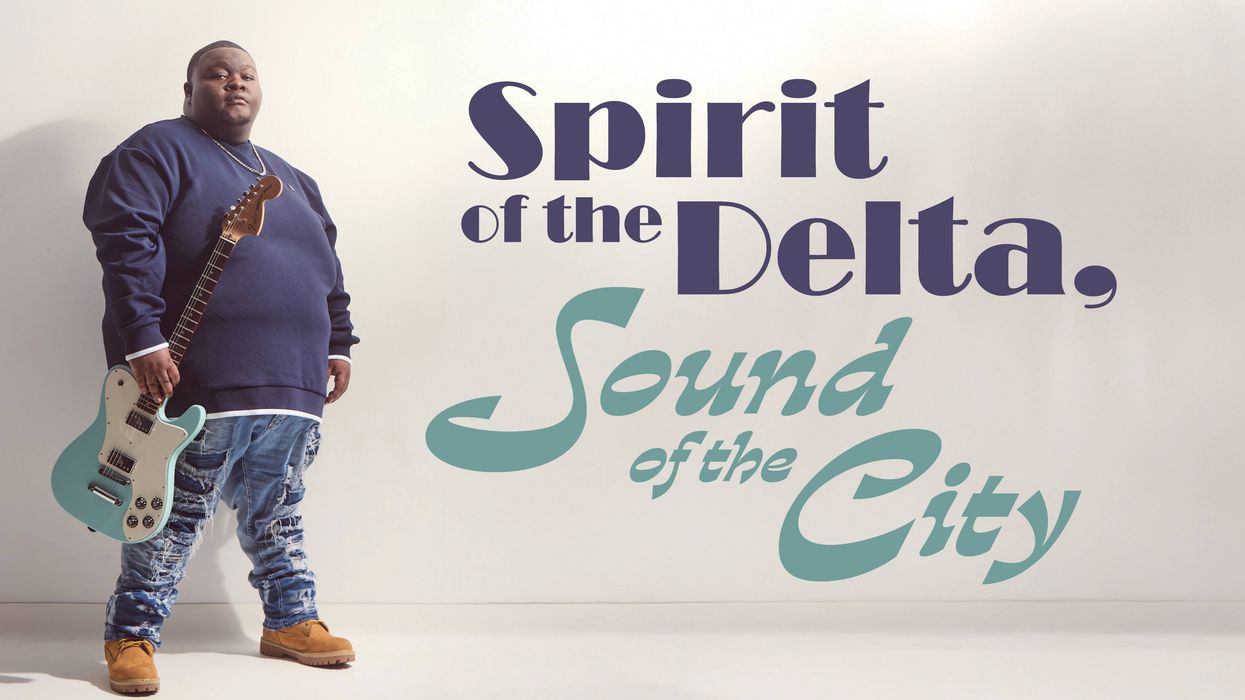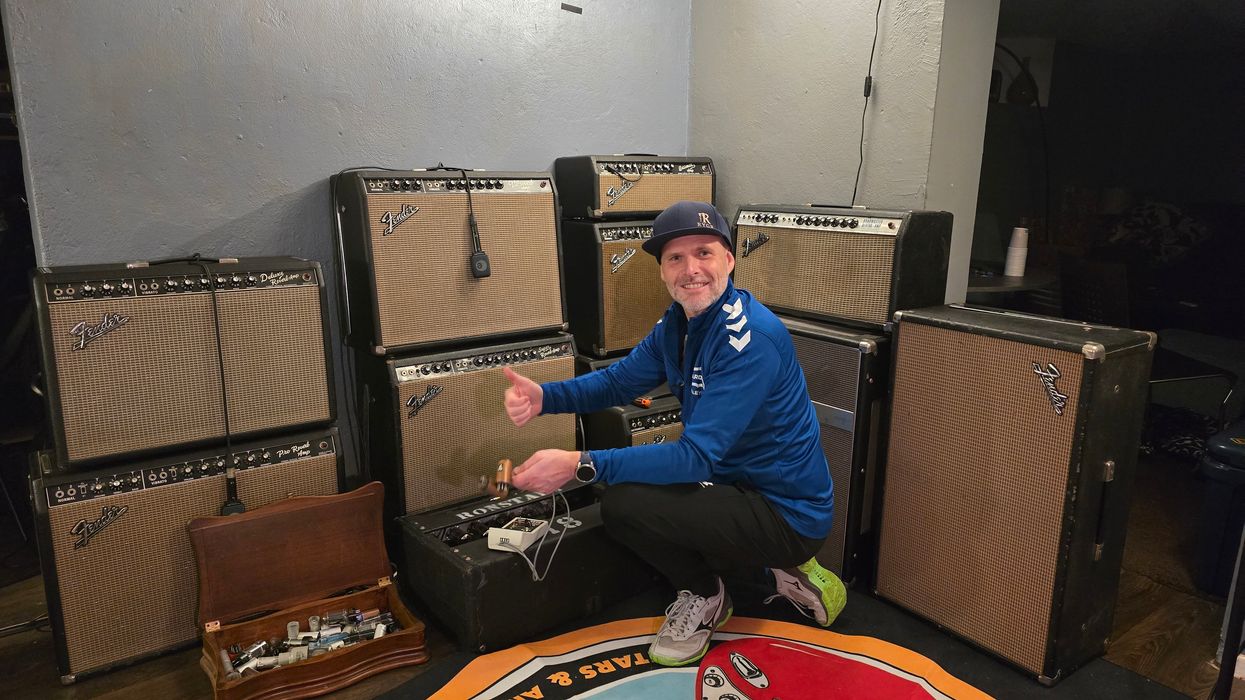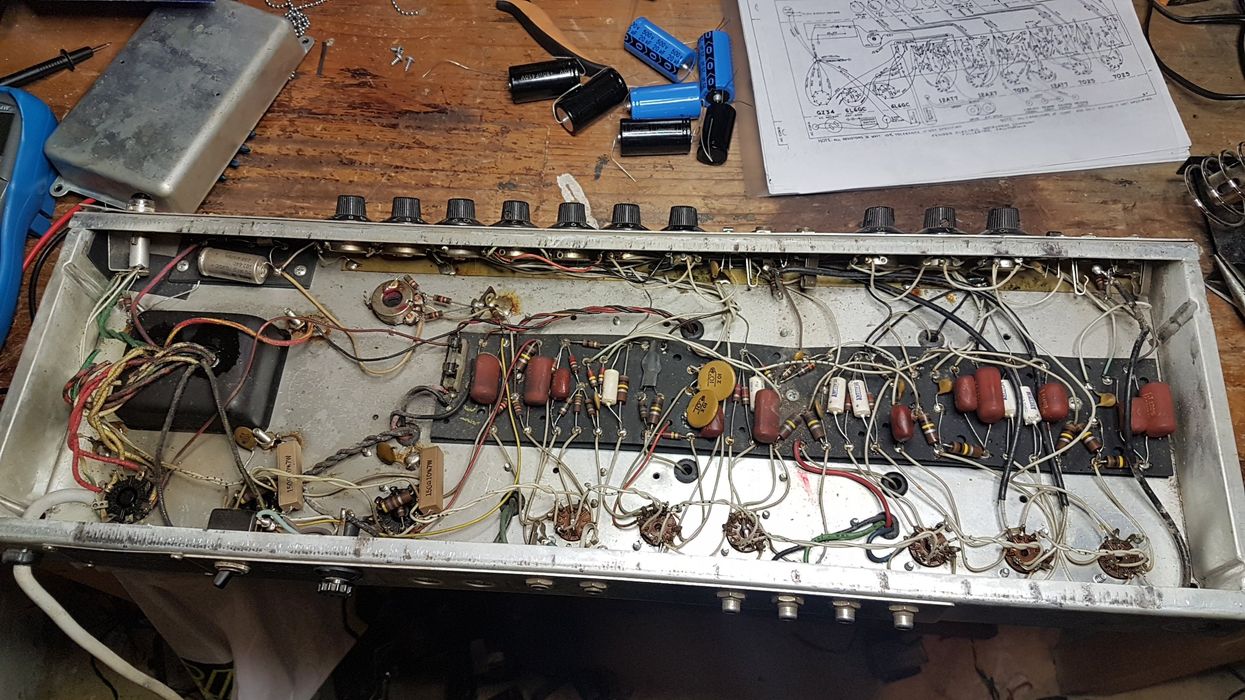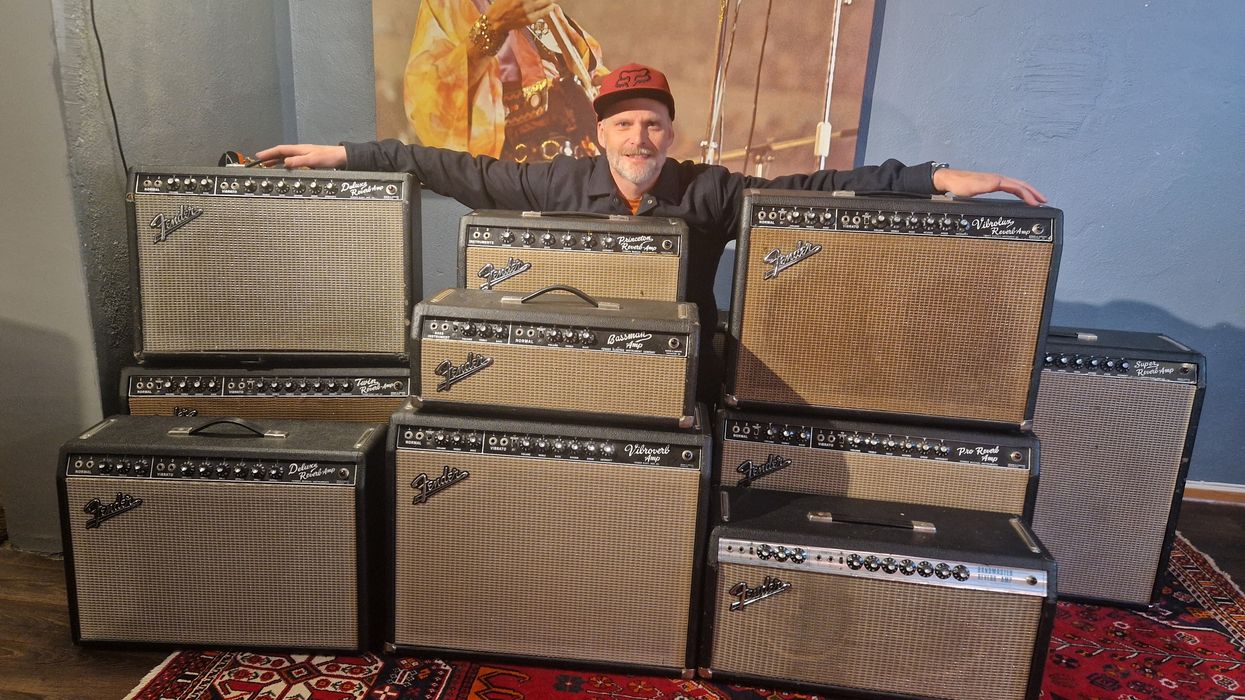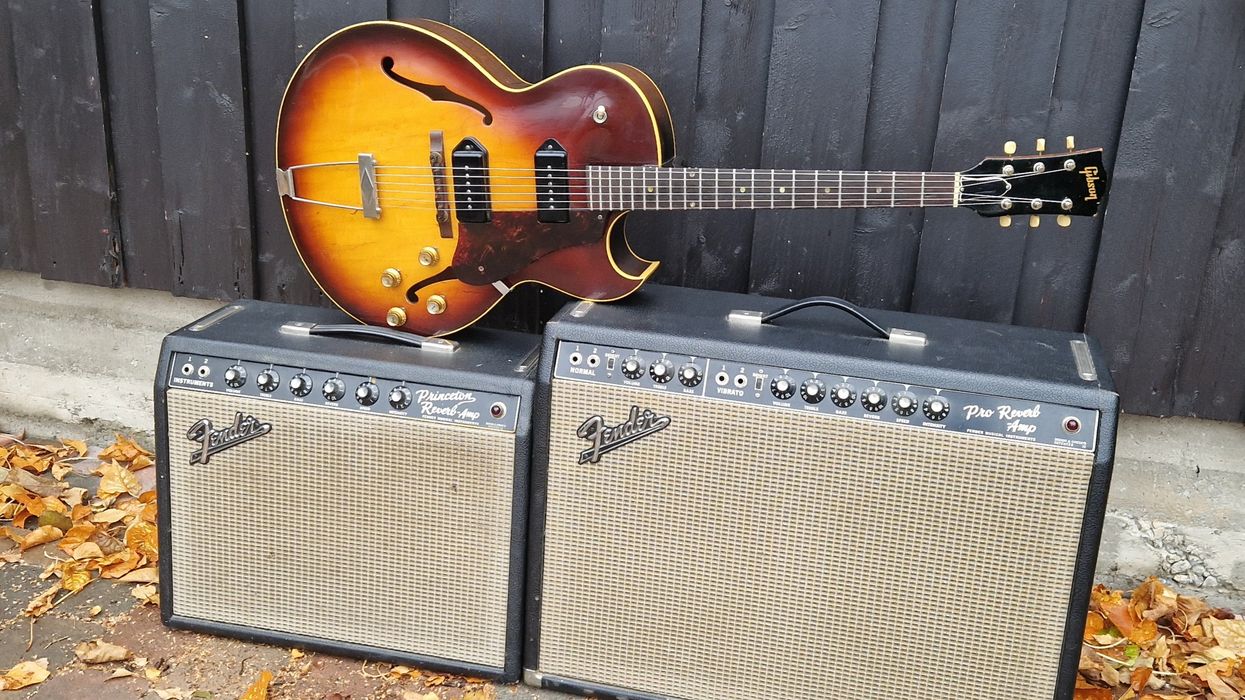It’s time to discuss a favorite topic of mine: the Fender clean tone. I’m a big fan of pristine guitar tones, and I think it might be the reason why I got into Fender amps in the first place. So, in this column, I’ll break down and explain what creates the beautiful, crystalline tone in vintage Fender amps, and share which amps are best for capturing these huge, squeaky-clean sounds.
Among my music friends, I am known for advocating these tones. Sometimes my bandmates want more distortion and growl from my guitar, but I proudly resist and argue that the music we create profits from a clearer guitar tone. It’s not about volume and distortion; it’s about melody, rhythm, and dynamics. Personally, I find it more interesting to hear guitarists with clarity, where I can identify single notes and what they are doing. It’s much harder to play clean, and the transparency forces us guitarists to consider more carefully what we play.
Tone and music are definitely matters of personal taste. What someone finds naked and thin, others will find clear and articulate. Let me therefore explain my definition of “clean tone.” A good, clean tone means clarity and little distortion. Clarity is achieved when there is a certain balance between the frequencies. There must be enough sparkle and brightness together with a firm low end. In my definition, you can also have some distortion as long as you have enough clarity to hear single strings in a chord, which some define as a “bell-like” tone. Muddy or overwhelming mid and bass frequencies will spoil this clarity. I like punchy guitar sounds, and for that we need muscle and power from large power-amp sections and larger speaker cabinets. But again, there must be enough sparkle and treble attack to balance that big low end.
The black- and silver-panel Fender amps excel in this area. Fender designed these amps specifically to support the music style of the 1950s and ’60s: Whether it was folk, country, rock, or surf, the guitars were supposed to be bright and clean. The amps therefore had to produce a sound that was both clean and loud, often without PA systems.
There are several reasons why these Fender amps sound the way they do. Let’s dive into the most important factors. Firstly, the tone stack and EQ section play a significant role in creating a scooped tone with few mids. Most AB763 Fender amps have 250 pF, 0.1 μF, and 0.022 μF caps (treble, mid, and bass, respectively), controlled by 250k bass and treble pots and a 10k mid pot (or a fixed 6.8k resistor in amps without the mid pot). If you alter the value of the mid resistor or insert a larger coupling cap after the preamp section, you will get more, and earlier, breakup. If we look at the preamp sections of the AB763 amps, there is no tube gain stage, whose purpose is to introduce distortion. There are only the necessary tube gain stages to mix and lead the signal to the power amp section.
“Fender designed these amps specifically to support the music style of the 1950 and ’60s: The guitars were supposed to be bright and clean.”
The power amp section is equally important. The AB763-style amps have dual power tubes in a Class AB push-pull configuration which has significant clean headroom—more than single-end Class A amps. The fixed-bias design provides more headroom than cathode bias, which creates sag and less headroom. The efficient long-tail phase inverter and the negative feedback loop are also used to minimize clipping. Finally, using American-style speakers in the open-back cabinet design of the black- and silver-panel combo amps will enhance bright frequencies and tame the mids and low end. All these details point to one conclusion: Fender designed the AB763 amps to achieve the cleanest possible tone.
For me, the cleans of a Super Reverb are especially fantastic. The four, lightly driven 10″ speakers produce a scooped sound with great dynamics and touch sensitivity. The full set of EQ controls, robust power amp, and large transformers work together to give you both sparkle and a firm low end, even at high volumes. The Pro Reverb and Princeton Reverb, however, will struggle to stay clean when pushed. The relatively small-output transformers are a bottleneck in these amps, and they both lack the important mid control to tame the bass and mids. The Pro Reverb’s boomy 2x12 cabinet gives a flabby bass response, and the Princeton Reverb has a cheaper and inefficient phase inverter. This means that these amps can play clean only at lower volumes. If you read my previous articles on these amps, you will find easy instructions for how to improve the clean headroom, if that’s what you want.
If it’s natural distortion you’re after, the best black- or silver-panel Fender amp is the AB165 Bassman. But that’s a different story we’ll come back to later.


